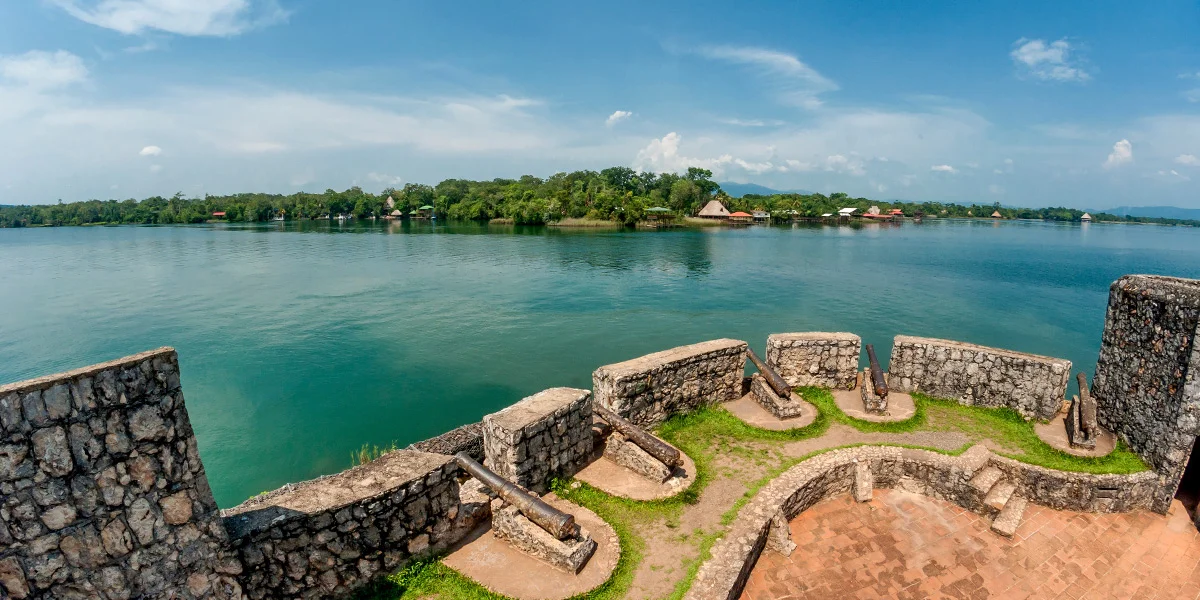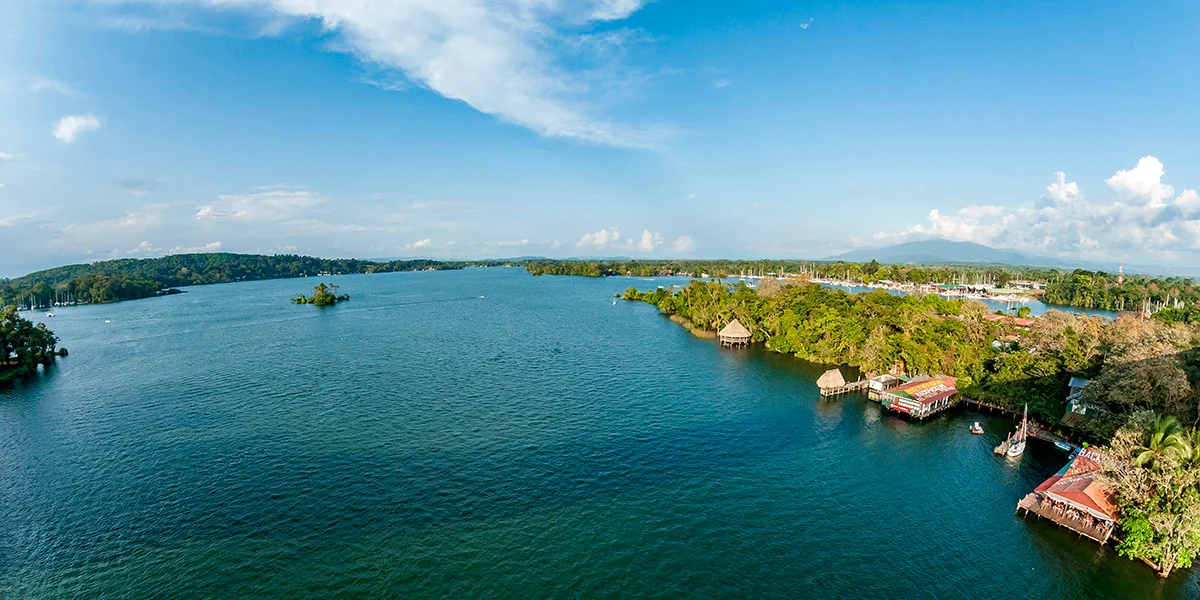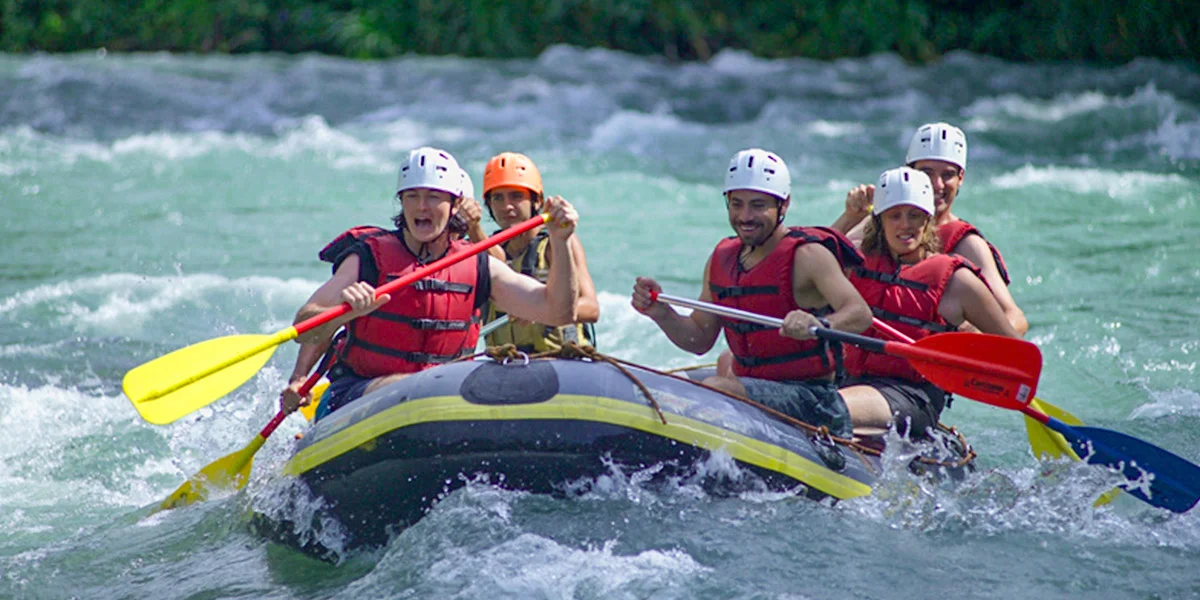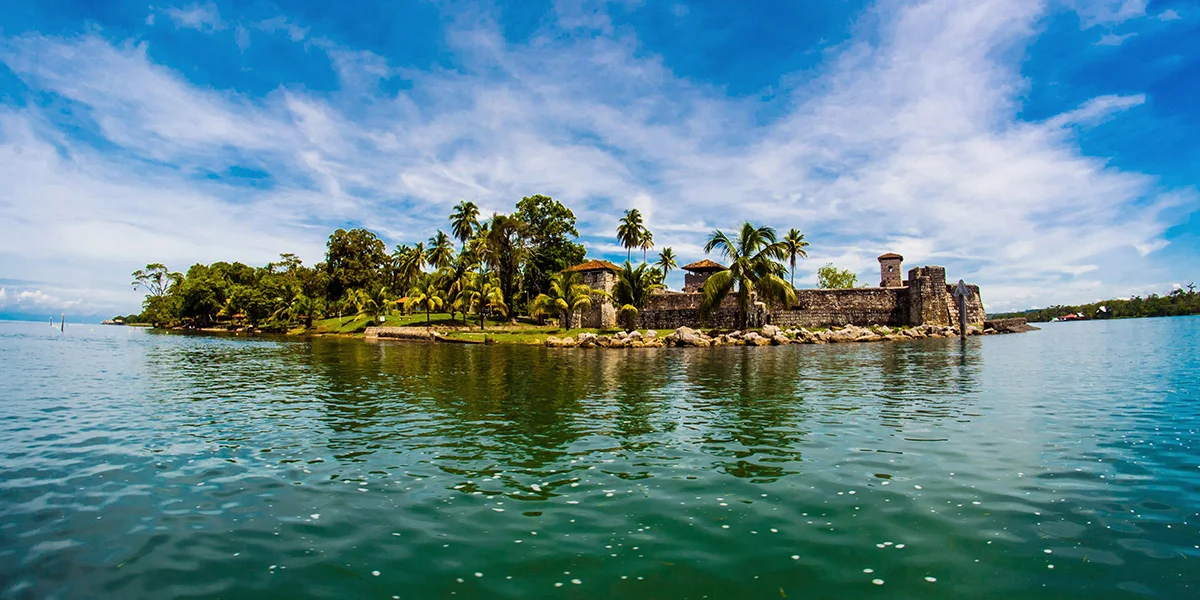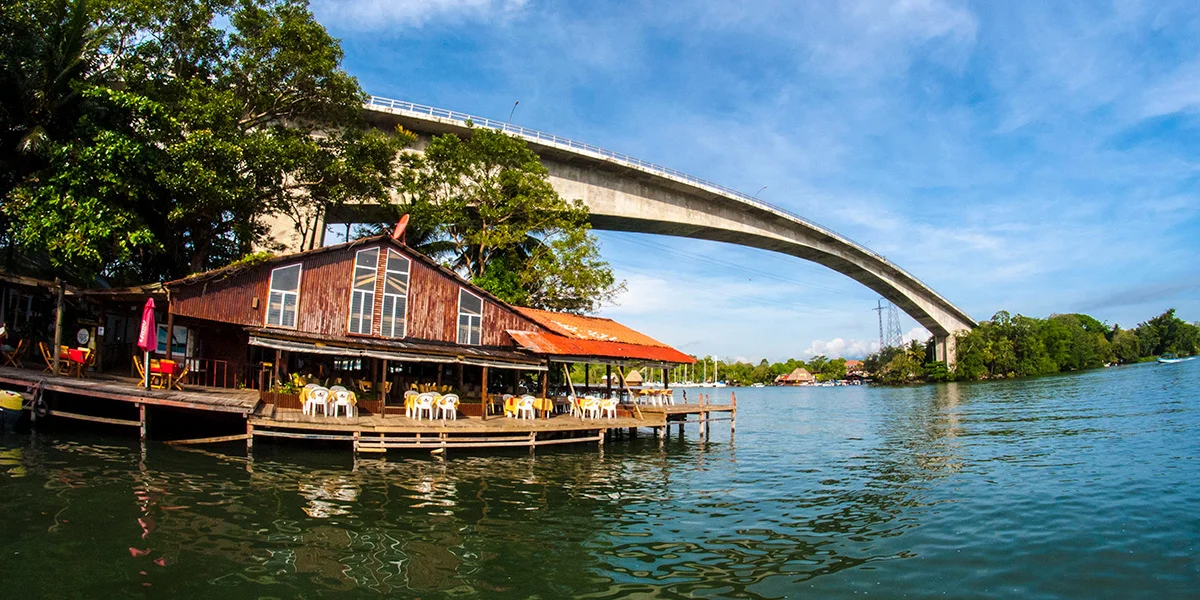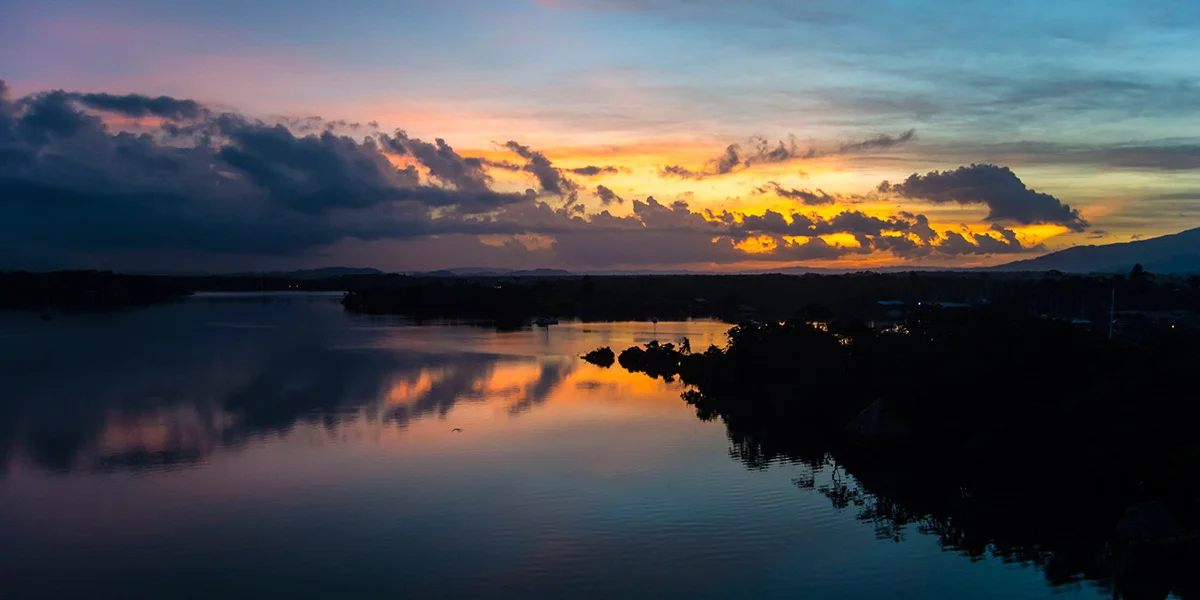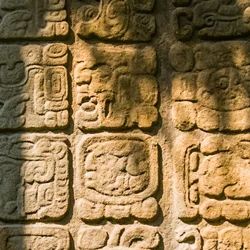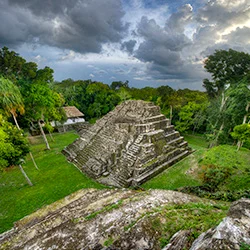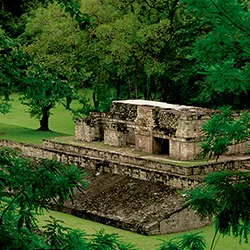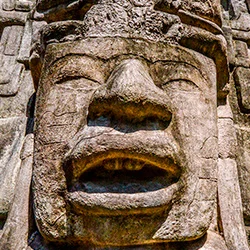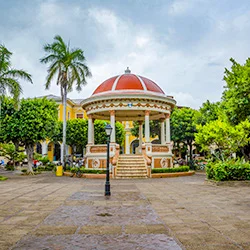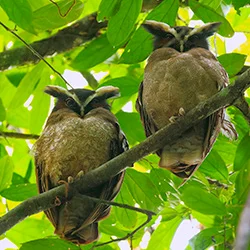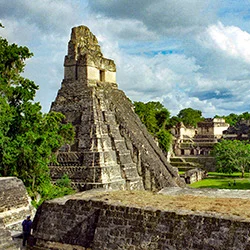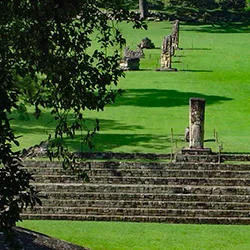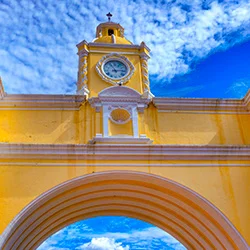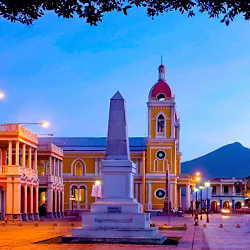Dulce River
A NATURAL JEWEL ON THE VERGE OF THE CARIBBEAN SEA
The Dulce River is located in the department of Izabal, between Lake Izabal and Amatique Bay. About 43 kilometers long, the Dulce River is the gateway to the Caribbean Sea.
The canyon at the mouth of the river on the bay offers a scenic beauty unique for its vegetation, and for being a refuge for various native and migratory birds. To travel the 16 kilometers between the “Golfete” (small gulf) and the ocean, the waters of the river enter through an enormous canyon that separates the mountains where high walls of limestone rock with lush vegetation make the journey an adventure. This river has a depth of 30 to 50 meters, and a width of approximately 200 meters. During the tour, you will get to see cays and islets of different sizes.
The Dulce River is located within the “Río Dulce National Park,” area that protects the Guatemalan ecosystem since 1955, containing a great diversity of fauna, among which are manatees and crocodiles.
For the visit, it is recommended to use the water transportation services available in the docks of Fronteras, El Relleno and Livingston. In the area, there is a diversity of accommodations, food services, and community tourism, among others.
GEOPOSITION
Copán Ruins
Lamanai
Granada and Cocibolca lake
RECOMMENDED TOURS
All Luxury Jungle
Enjoy Honduras and Belize with luxury accommodations and activities, discovering Mayan ruins, and natural parks.
Route of the volcanoes: Maya, lencas and garífunas
Discover volcanoes, colonial cities, pre-Columbian archaeological sites, and nature, and meet with the indigenous communities.
Mayans and Surf City
The history and mysticism of Guatemala, Honduras, El Salvador, and Nicaragua in this tour loaded with culture and nature in Central America.
Mayan Triangle
On this tour, you will visit the most important Mayan remains of Central America: Joya de Cerén, Tazumal, Casablanca, Copán, and Quiriguá.
A look at Central America
Enjoy the innumerable natural resources of Honduras, Nicaragua, and Costa Rica.
